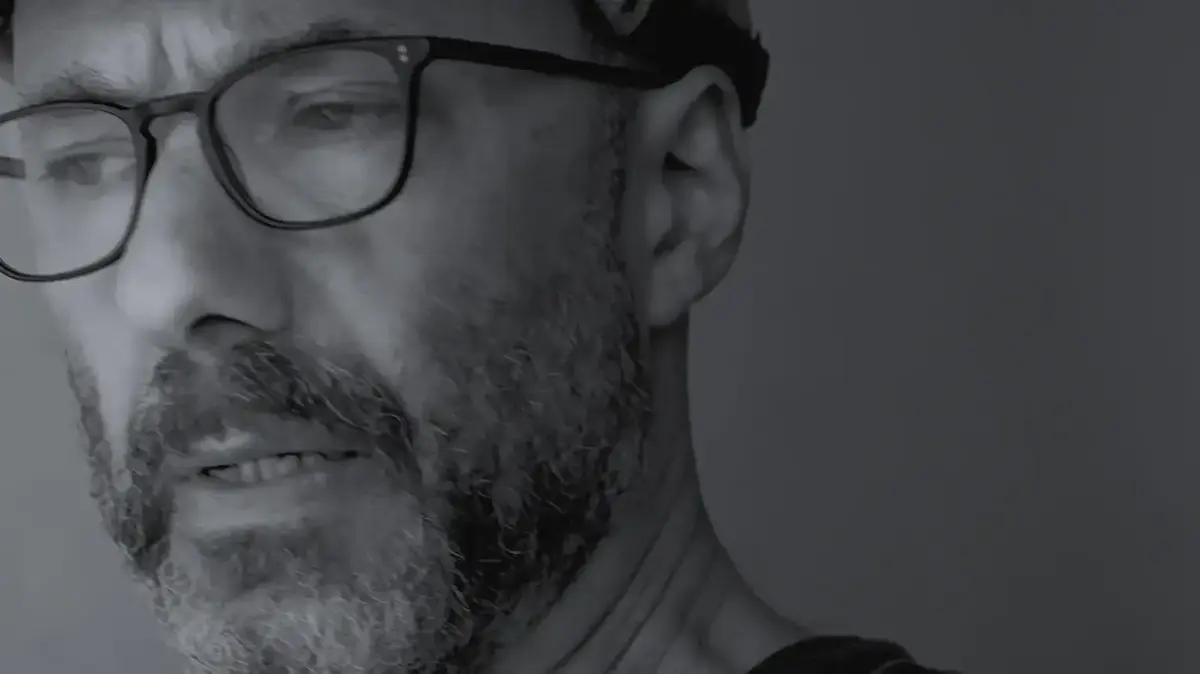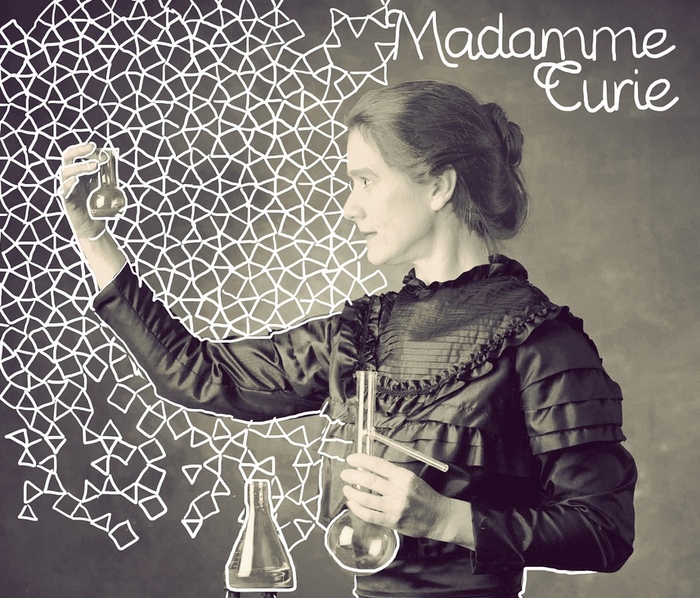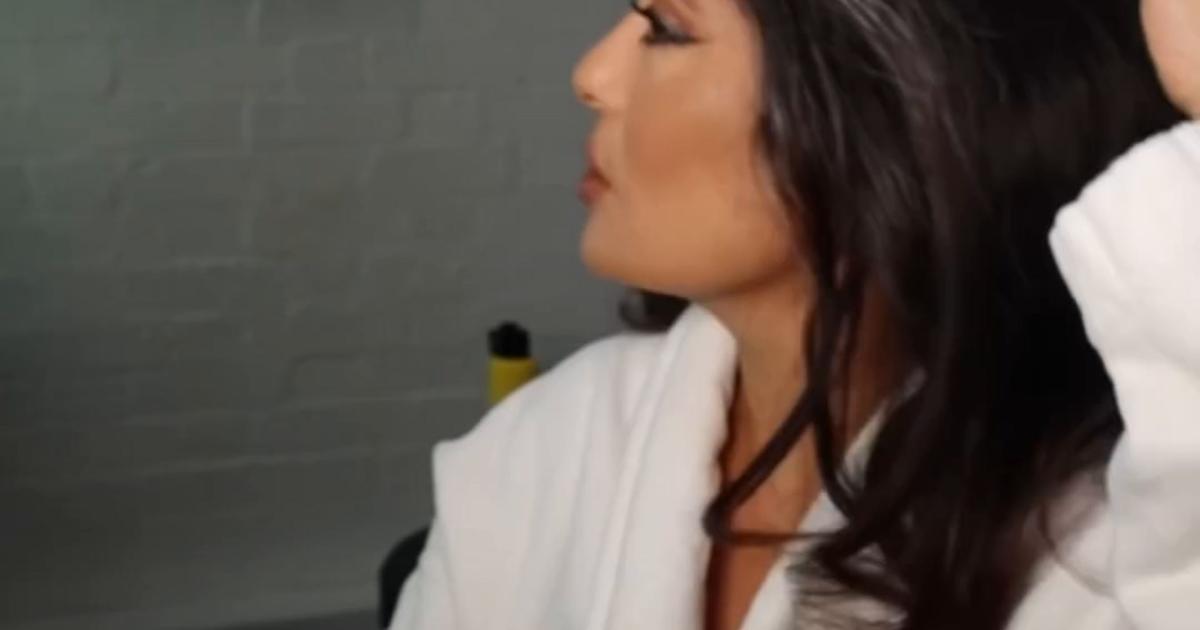A short time before her death, Frida Kahlo had her first and only exhibition in Mexico City.
She was already so ill that they took her to her inauguration in her own bed with her canopy, like a processional Virgin on a throne, and surrounded her with the things that she had in her own bedroom, among them a portrait of Stalin.
From a very young age he had turned his personal appearance into an aesthetic statement, into an exercise between private and public in the construction of an image, in the popular and religious sense of the term: the high hairstyle, the Indian woman's clothing, the hieratic that would be without undoubtedly caused by the terrible pain in his spine, but it also resembles that of those baroque virgins and saints whom he imitated in some of his self-portraits.
Secluded in her blue house in Coyoacán,
she lived in it as if in a theater and museum in anticipation of herself, although she also enjoyed traveling to the capitals of the world, Paris, San Francisco, New York, Detroit, and was frequently seen at communist rallies.
Carlos Monsiváis remembered having seen her in one of them, at the beginning of the fifties, alone raising a banner with the word "PEACE", pushed by Diego Rivera in a wheelchair, shrunken and fragile among all those people, even more so because of compared to the enormous volume of Rivera.
In a documentary about Kahlo, Carlos Monsiváis defines her painting with a shocking conciseness: “The challenge to suffering through creation”.
and she was frequently seen at communist demonstrations.
Carlos Monsiváis remembered having seen her in one of them, at the beginning of the fifties, alone raising a banner with the word "PEACE", pushed by Diego Rivera in a wheelchair, shrunken and fragile among all those people, even more so because of compared to the enormous volume of Rivera.
In a documentary about Kahlo, Carlos Monsiváis defines her painting with a shocking conciseness: “The challenge to suffering through creation”.
and she was frequently seen at communist demonstrations.
Carlos Monsiváis remembered having seen her in one of them, at the beginning of the fifties, alone raising a banner with the word "PEACE", pushed by Diego Rivera in a wheelchair, shrunken and fragile among all those people, even more so because of compared to the enormous volume of Rivera.
In a documentary about Kahlo, Carlos Monsiváis defines her painting with a shocking conciseness: “The challenge to suffering through creation”.
In learning about suffering and loneliness, Frida Kahlo was earlier than in painting.
The sickbed of her last public appearance had been a part of her life since she was a child, when she contracted polio at age six and had to spend an entire year in bed.
In that time of immobility and isolation she already had the consolation of imagination.
She said that she invented an invisible friend and adorned her with abilities that were forbidden to her, such as a prodigious talent for dance.
Frida Kahlo traced with her breath a circle of mist on the window pane and along that path she entered her bedroom, her invisible friend of hers.
The sick room was a prison, and also a den against the inclemency of the real world: when the Kahlo girl came out of convalescence, one leg was skinnier than the other,
and he moved with difficulty, drawing derision from the other children in the school.
She defended herself with the refuge of her imagination and at the same time with a physical courage that never left her: she learned to ride a bicycle like lightning, to play soccer, to jump over obstacles.
That air of defiance is in the look of his self-portraits, just like desolation, and clairvoyance towards suffering, which takes the form of those physiological and even surgical details that seem like illustrations in anatomy manuals.
André Breton, for whom Frida Kahlo did not feel any sympathy, told her when she saw her paintings that she had been a surrealist painter for years without knowing it.
She replied that, unlike the surrealists, what she painted were not dreams, but the reality around her, as she saw it: "I always paint what comes into my head without stopping to think."
Except in a few cases —Buñuel, Magritte—, surrealism has a lot of sleight of hand, a wink at the same time trivial and programmatic: even the apparently most fantastic images of Frida Kahlo offer a kind of crude truth,
of confession of pain, of tearing, of loving passion, of affirmation of organic life, both in its fertility and in its processes of corruption.
In one of the paintings that can now be seen in the Casa de México in Madrid, the roots of a tree that becomes a man are nourished by a buried corpse.
In the early fifties, when she was already very ill, she painted still lifes of carnal tropical fruits, opulent fruits, split in half, rich in pulp and seeds, with a suggestion of food and sexual gluttony.
On the red flesh of a watermelon crescent, Kahlo writes in her cursive handwriting: “Viva la vida.”
She also writes, with the same eloquent and nervous calligraphy with which she fills newspaper pages, also very dense with drawings and pure color stains: “I hope the exit is happy.
And I hope I never come back."
The pages of Frida Kahlo's diaries are full of images.
Written words are very frequent in her painting, which underline her confessional quality, of urgent autobiography, of an immodesty that does not demand the compassion of the spectator, but a courage to some extent equivalent to that of the woman who has painted those images, of some from which one would want to avert one's eyes, as one would avert the spectacle of a mutilation, or a close-up of surgical details.
I don't know if there is another country in which even now popular culture maintains such strength as in Mexico —in speech, in crafts, in food—.
Frida Kahlo, tied to the bed by the pain of the operations, began to paint taking as models the linear portraits of Botticelli,
but he found his most fertile inspiration in the so-called "votive offerings" of popular painting, the small-format paintings and summary and expressive technique that represented miracles or crimes, which were hung in the sanctuaries next to the clusters of legs, heads or hands of wax or were sold in the markets, fulfilling a narrative task equivalent to that of the truculent romances of the blind.
In the drawings of the Casa de México it is clear that Frida Kahlo, almost self-taught, very soon achieved an admirable technical virtuosity, both in line and in shading, in the certainty of contours: she preferred, however, a little to the manner of the customs officer Rousseau, pretending to portray the visible world without any learned skill, surrendering without caution to the harsh reality of things,
to the simple dazzle of a leaf or a tropical flower or a root or a parrot, to the torment of a stabbed body, opened by a scalpel, oppressed by bandages or orthopedic corsets.
And yet he also wrote in his diary: "Nothing is worth more than laughter."
You can follow BABELIA on
and
, or sign up here to receive
our weekly newsletter
.
50% off
Exclusive content for subscribers
read without limits
subscribe
I'm already a subscriber









